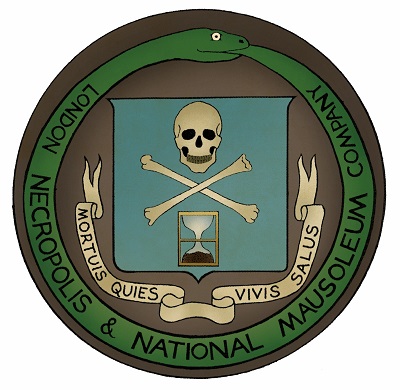Rumour has it that there was once a train tunnel that went from the Royal London Hospital and had a connection at Whitechapel Tube Station. The train was used by the dead primarily, it ran through a tunnel that is not used now and it has been bricked up.
Charles Dickens’ poverty and disease riddled depictions of the city made a colourful picture of the overflowing morgues. G A Walker (1839) also goes into the reports about over-crowding and indeed does mention the Whitechapel burial grounds, he describes the terrible smell from the vaults below that had been left in a dilapidated state. The cemetery is described as being in a densely populated area of London, the general neighbourhood being seen as disgusting (and lets not forget these were the haunting grounds for Jack the Ripper later on) and that the area is in itself is seen by Walker as some infested place with the living just as foul as the dead.
Like something from a horror film he presents a cemetery so badly kept and overflowing that the bones are amassed as one, fluids and foul liquids are all around. He goes on to say how the remains are treated with ‘ruthless indifference’ and the corpses and their remnants are exhumed by the shovel, when a new burial is due the cemetery is so badly over-crowded and unkempt it’s impossible not to come across other burials, some recent, in the needs to find a space for yet another corpse.
In digging a foundation for a new wall, on the eastern side of the church, the workmen penetrated through a mass of human bones eight or ten feet in thickness ; these bones were thrown out, and for some time lay exposed to public view, scattered over the ground in a loathsome humid state – G A Walker on Whitechapel Church.
Under Whitechapel station it is said that the empty rooms beneath were used as a temporary morgue, this is often seen to help continue the story about the train. Clearly Whitechapel sounds like it needed a church to ferry the dead but was there one?
Well some say that the blocked up tunnel was a pedestrian tunnel but that makes little sense, you wanted people on trains not wasting their silly time doing all that healthy walking, no sir! The hospital is said to have had the tunnel to connect it, whilst nearby it seems that making a connecting tunnel for workers would be a little nonsensical as it was very close by not to mention the cost and logistics as the hospital would need steps to access it, and patients would not use it if ill.
National Geographic’s article on Necropolis Line
